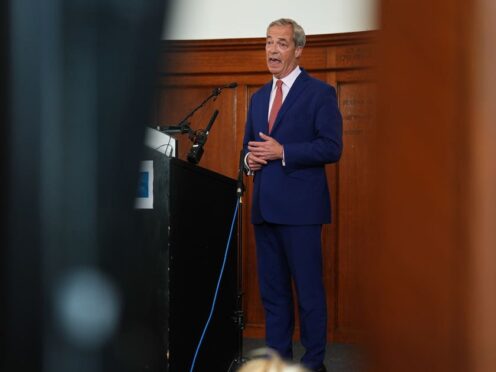
In a speech on June 14, Reform UK leader Nigel Farage said that a letter he sent to the British Polling Council prompted the organisation to write to pollsters to tell them to “prompt” for Reform.
Mr Farage said: “As a result of my letter to the chair of the British Polling Council, they have been told now they really ought to be prompting for Reform.”
Evaluation
The British Polling Council told the PA news agency that it has “definitely not” told its members whether they should prompt for Reform or not.
It has told them that they must make it clear whether or not they have prompted for Reform.
The facts
Prompting for a party refers to the way opinion poll companies offer someone a list of party names when asking them who they would vote for.
Some pollsters prompt only for the traditional parties first, and only if a voter selects “other” are they presented with other options.
That means that in some polls, Reform UK is presented only as an option after a respondent has selected “other”.
Chris Hopkins, the political research director at pollster Savanta, explained that his company prompts only for the Greens or Reform as a sub-prompt because “we believe this prevents the artificial over-inflation of smaller parties in national opinion polling”.
In correspondence with PA following Mr Farage’s claims, a spokesperson for the British Polling Council said: “We have reminded all members that they must make clear in their reporting whether or not they prompt for Reform, or any other party, but we have definitely not told them whether they should prompt or not.”
Links
YouGov – Here’s how we prompt for the Brexit Party, and why it’s more accurate (archived)
Savanta – A statement from Savanta’s Political Research Director Chris Hopkins (archived)

Enjoy the convenience of having The Sunday Post delivered as a digital ePaper straight to your smartphone, tablet or computer.
Subscribe for only £5.49 a month and enjoy all the benefits of the printed paper as a digital replica.
Subscribe